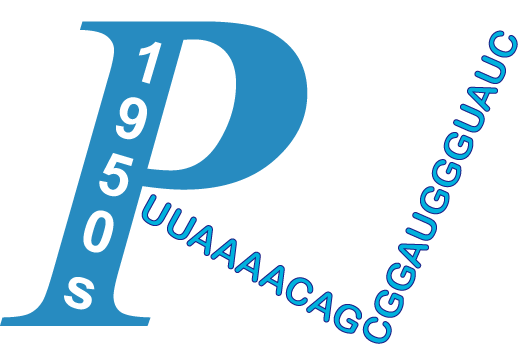| Title | Risk stratification for arrhythmic death in an emergency department cohort: a new method of nonlinear PD2i analysis of the ECG. | ||
| Author | Skinner, James E; Meyer, Michael; Dalsey, William C; Nester, Brian A; Ramalanjaona, George; O'Neil, Brian J; Mangione, Antoinette; Terregino, Carol; Moreyra, Abel; Weiss, Daniel N; Anchin, Jerry M; Geary, Una; Taggart, Pamela | ||
| Journal | Ther Clin Risk Manag | Publication Year/Month | 2008-Aug |
| PMID | 19209249 | PMCID | PMC2621378 |
| Affiliation | 1.Vicor Technologies, Inc, Boca Raton, FL, USA. jskinner@vicortech.com. | ||
Heart rate variability (HRV) reflects both cardiac autonomic function and risk of sudden arrhythmic death (AD). Indices of HRV based on linear stochastic models are independent risk factors for AD in postmyocardial infarction (MI) cohorts. Indices based on nonlinear deterministic models have a higher sensitivity and specificity for predicting AD in retrospective data. A new nonlinear deterministic model, the automated Point Correlation Dimension (PD2i), was prospectively evaluated for prediction of AD. Patients were enrolled (N = 918) in 6 emergency departments (EDs) upon presentation with chest pain and being determined to be at risk of acute MI (AMI) >7%. Brief digital ECGs (>1000 heartbeats, approximately 15 min) were recorded and automated PD2i results obtained. Out-of-hospital AD was determined by modified Hinkle-Thaler criteria. All-cause mortality at 1 year was 6.2%, with 3.5% being ADs. Of the AD fatalities, 34% were without previous history of MI or diagnosis of AMI. The PD2i prediction of AD had sensitivity = 96%, specificity = 85%, negative predictive value = 99%, and relative risk >24.2 (p </= 0.001). HRV analysis by the time-dependent nonlinear PD2i algorithm can accurately predict risk of AD in an ED cohort and may have both life-saving and resource-saving implications for individual risk assessment.
